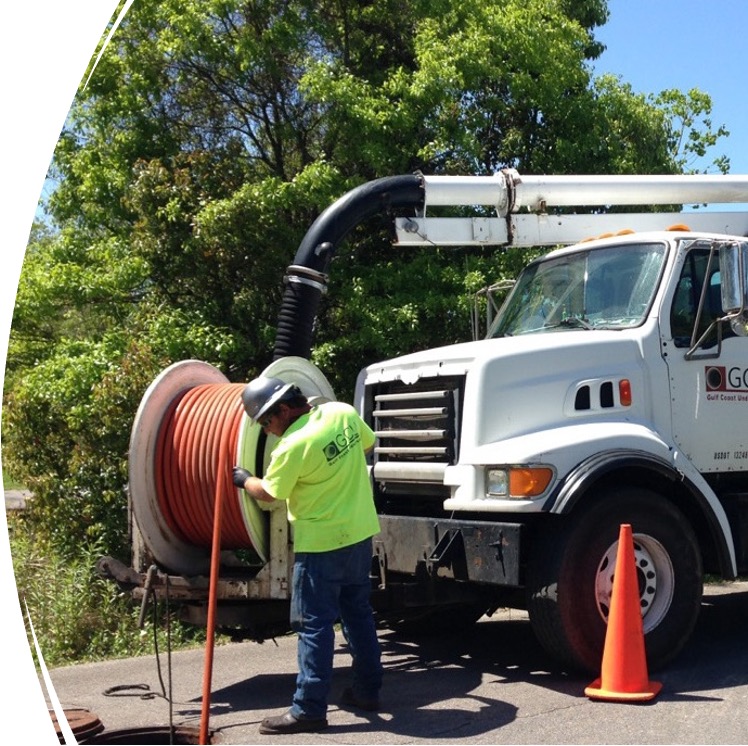
SSES or a Sanitary Sewer Evaluation Survey, is a key step in finding and repairing excessive infiltration and inflow (also referred to as I/I) into sewer lines. The SSES, or Sanitary Sewer Evaluation Survey, is a comprehensive process used to assess the condition of a sewer system, identify potential issues like leaks and cracks, and pinpoint areas where rainwater infiltration or excessive inflow might be occurring, ultimately helping to prioritize repairs and maintenance efforts to maintain the system’s efficiency.
Purpose of Sanitary Sewer Evaluation Survey (SSES)
The purpose of an SSES is to identify and address issues related to inflow and infiltration (I/I) in a sewer system, which can overload wastewater treatment plants.
Methods Used in Sanitary Sewer Evaluation Survey
- CCTV inspections of sewer lines
- Smoke testing to locate leaks
- Flow monitoring
- Dye testing
- CCTV inspections of sewer lines
Benefits of Sanitary Sewer Evaluation Survey
- Identify and Remove system issues
- Helps to prioritize repair and rehabilitation projects
- Improves compliance with environmental regulations
- Reduces potential for sewer overflows
Infiltration and Inflow
In the world of wastewater management, Infiltration and inflow are two culprits that wreak havoc.
Infiltration
This is the sneaky underground operative. Groundwater finds its way into the sewer system through cracks, joints, or faulty connections in pipes. Imagine water whispering, “Shh, don’t mind me,” as it quietly seeps into the system, typically during wet weather or when the water table rises. It’s like your leaky basement, but the stakes are much higher—think overloaded treatment plants and wasted resources.
Inflow
Inflow, on the other hand, is far more brazen. It’s the rainwater equivalent of someone kicking in the door at the first sign of a storm. Inflow occurs when surface water enters the sewer system directly—through improper connections like storm drains, sump pumps, or even downspouts.
Why Does It Matter?
Both infiltration and inflow (I&I for short) overwhelm sewer systems, leading to overflows, increased treatment costs, and environmental consequences.
How Do We Combat Them?
Cities and utilities wage war against I&I with smoke tests, dye tests, and CCTV inspections. Repairing cracked pipes, improving drainage systems, and educating the public on proper connections are key strategies.
In essence, infiltration and inflow are the unwanted freeloaders in the plumbing world, and like any bad houseguest, they need to be shown the door—or in this case, sealed out of the system entirely.
If you have questions about Sanitary Sewer Evaluation Surveys, contact us today and we’ll be happy to answer your questions.